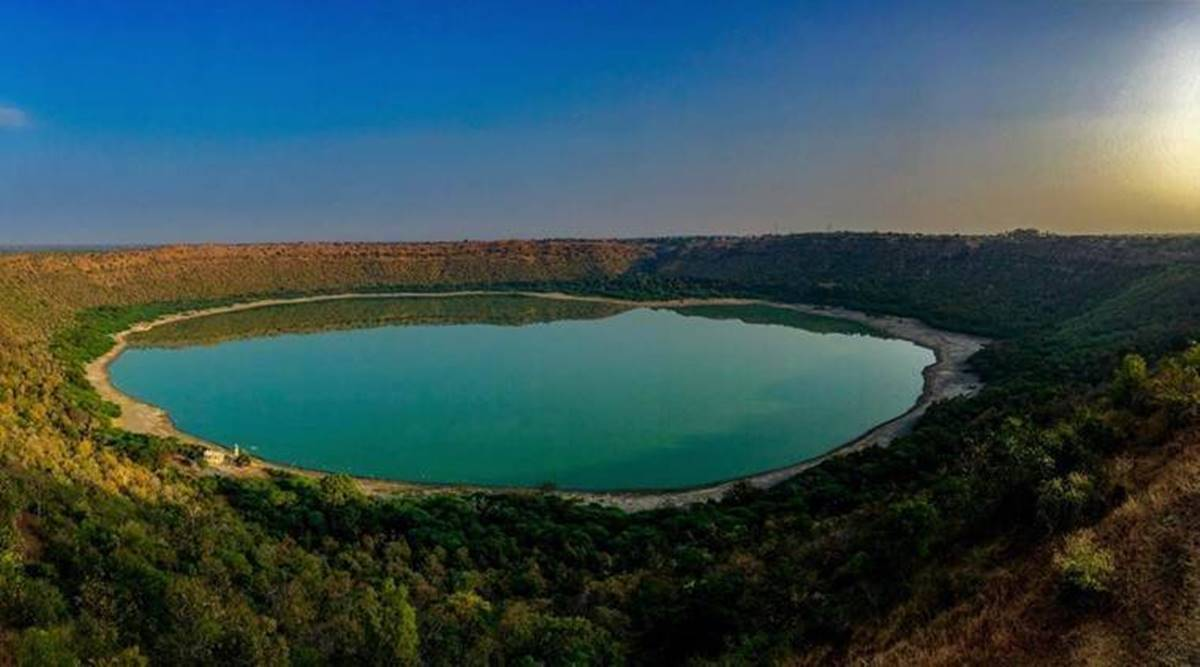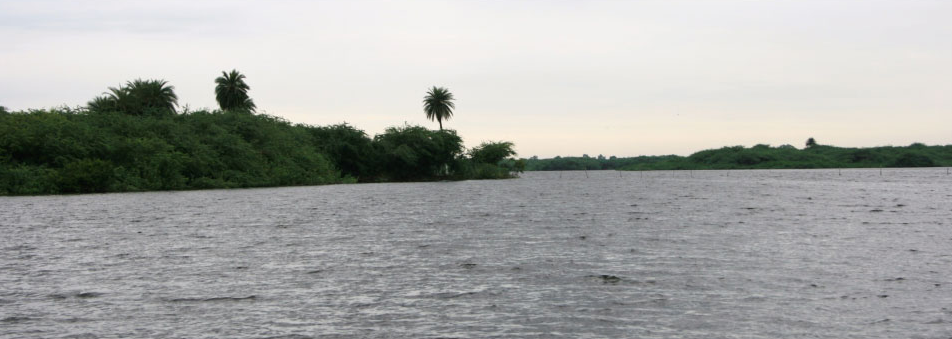Biodiversity & Environment
New Ramsar Sites
- 16 Nov 2020
- 4 min read
Why in News
Recently, the Meteor lake at Lonar in Buldhana district of Maharashtra and the Soor Sarovar at Agra have been declared Ramsar sites, a conservation status conferred by International Ramsar Convention on Wetlands.
- Earlier this year Kabartal Wetland (Bihar) and Asan Conservation Reserve (Uttrakhand) were also designated as Ramsar sites.
- With latest inclusions, the total number of Ramsar sites in India is 41, the highest in South Asia.
Key Points
- Lonar Lake

- Location:
- The Lonar lake, situated in the Deccan Plateau’s volcanic basalt rock, was created by the impact of a meteor 35,000 to 50,000 years ago.
- The lake is part of Lonar Wildlife Sanctuary which falls under the unified control of the Melghat Tiger Reserve (MTR).
- It is also known as Lonar crater and is a notified National Geo-heritage Monument. Geo-heritage refers to the geological features which are inherently or culturally significant offering insight to earth’s evolution or history to earth science or that can be utilized for education.
- It is the second Ramsar site in Maharashtra after Nandur Madhmeshwar Bird Sanctuary in Nashik district.
- The water in the lake is highly saline and alkaline, containing special microorganisms like anaerobes, Cyanobacteria and phytoplankton.
- Location:
- Soor Sarovar Lake:

- It is also known as Keetham lake situated within the Soor Sarovar Bird Sanctuary, which was declared as a bird sanctuary in the year 1991.
- Location:
- This lake is situated alongside river Yamuna in Agra, Uttar Pradesh.
- The Soor Sarovar bird sanctuary covered an area of 7.97 sq km.
- It is today home to more than 165 species of migratory and resident birds.
- It also has a Bear Rescue centre for rescued dancing bears.
- Benefits:
- With Ramsar status, the sites will benefit in terms of international publicity and prestige.
- They will get Financial aid through the convention’s grant and also access to expert advice on national and site-related problems.
Ramsar Site
- Ramsar Convention on Wetlands is an intergovernmental treaty adopted in 1971 in the Iranian city of Ramsar, on the southern shore of the Caspian Sea.
- It came into force for India on 1st February, 1982. Those wetlands which are of international importance are declared as Ramsar sites.
- The Convention’s mission is “the conservation and wise use of all wetlands through local and national actions and international cooperation, as a contribution towards achieving sustainable development throughout the world.
- The Montreux Record is a register of wetland sites on the List of Wetlands of International Importance where changes in ecological character have occurred, are occurring, or are likely to occur as a result of technological developments, pollution or other human interference. It is maintained as part of the Ramsar List.
- At present, two wetlands of India are in Montreux Record:
- Keoladeo National Park (Rajasthan) and
- Loktak Lake (Manipur).
- Chilika Lake (Odisha) was placed in the record but later removed from it.




